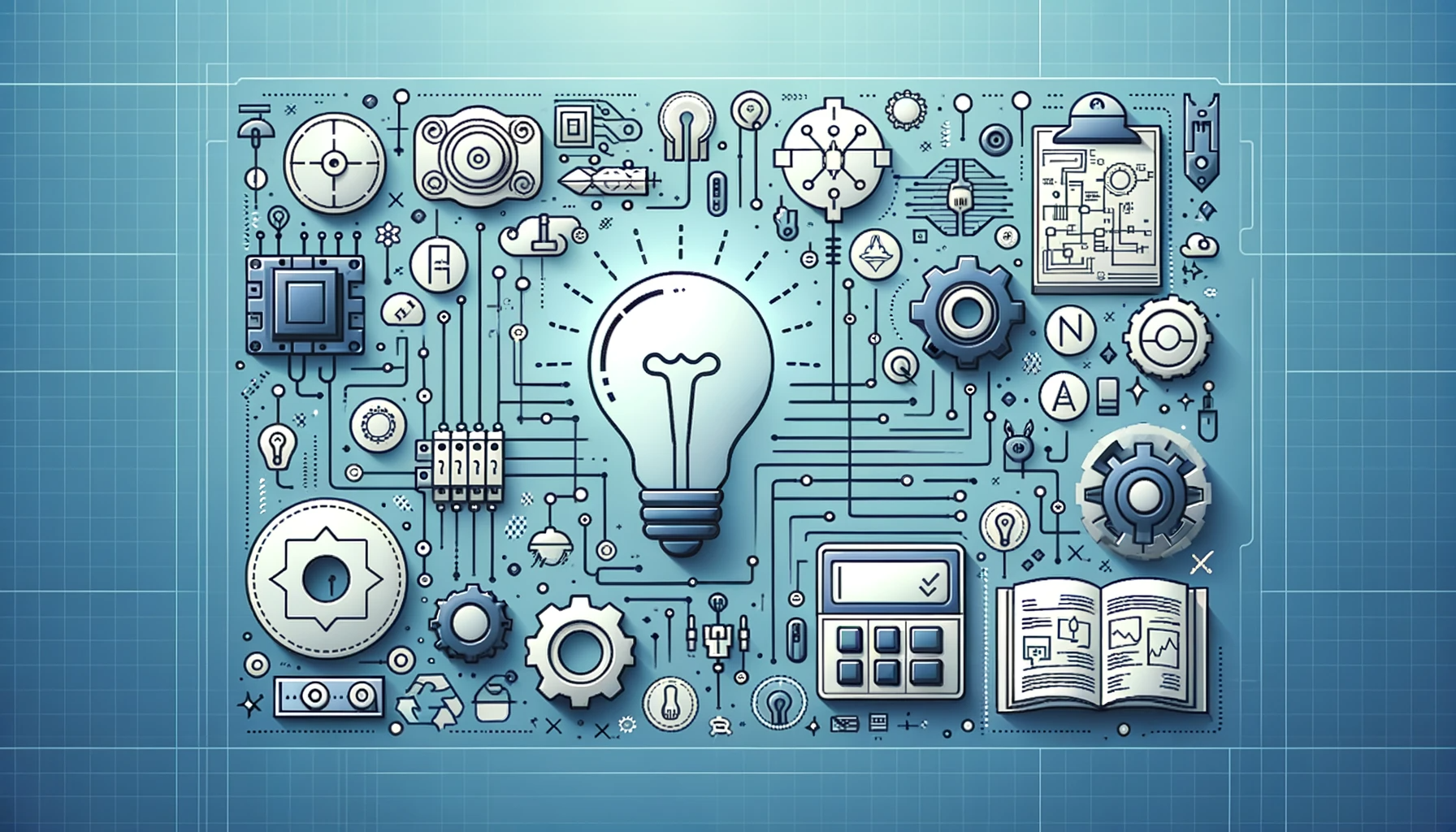High-Quality Electrical Design Services for Commercial and Projects
High-Quality Electrical Design Services for Commercial and Projects
Blog Article
Ingenious Electric Design Services for Modern Infrastructure
As city settings expand increasingly intricate, incorporating modern technologies such as clever grids and renewable energy sources ends up being vital. These innovations not only assure to maximize energy usage however also foster strength versus future needs.
Importance of Innovative Electric Design
Cutting-edge electrical design plays a vital role in contemporary infrastructure, influencing not just performance however likewise sustainability. As cities develop and the demand for power rises, the demand for innovative electrical systems ends up being paramount. These systems must not just meet existing demands yet additionally expect future development and technical advancements.
A well-executed electrical design can dramatically lower energy usage, thereby lowering functional expenses and minimizing environmental effect. By integrating renewable energy resources, such as solar panels and wind generators, innovative styles can boost power self-reliance and strength. Wise grid technologies enable for real-time monitoring and management of power distribution, maximizing performance and reducing waste.
Safety and security is one more important aspect of electric design. Applying sophisticated technologies and strenuous requirements can reduce threats related to electrical failures, ensuring a safe and secure setting for citizens and businesses alike. Furthermore, innovative layouts assist in versatility, allowing frameworks to incorporate emerging innovations seamlessly.
Key Fads in Electric Design
As the landscape of electrical design proceeds to evolve, a number of crucial trends are shaping the future of the market. One substantial trend is the combination of clever innovation right into electrical systems. The expansion of the Internet of Things (IoT) has made it possible for real-time tracking and control of electrical tools, enhancing effectiveness and helping with predictive upkeep.
Another pattern is the growing emphasis on modular design. This strategy permits scalable and adaptable services, making it possible for infrastructure to adapt to altering demands without extensive improvements. Furthermore, making use of innovative simulation tools and Structure Details Modeling (BIM) is coming to be progressively common, improving the design process and improving collaboration among stakeholders.
In addition, innovations in products scientific research are resulting in the development of lighter, extra durable, and energy-efficient elements. This development is specifically important for high-performance structures and facilities projects.
Lastly, there is a marked change towards data-driven decision-making - electrical engineering design services. Leveraging information analytics aids designers maximize systems for performance and cost-effectiveness. With each other, these trends represent a transformative age in electric design, improving functionality, sustainability, and durability in contemporary framework
Sustainable Power Solutions
Sustainable power services are increasingly ending up being a critical focus in electrical design, showing a more comprehensive commitment to ecological duty and resource effectiveness. These options aim to decrease environmental influence while maximizing energy consumption in various facilities, from property structures to large commercial facilities.
One of the primary methods includes the assimilation of renewable resource sources, such as solar panels and wind turbines, right into electrical systems. This not just lowers dependency on nonrenewable fuel sources yet also improves energy strength. Additionally, innovative energy storage space systems, such as innovative batteries, enable reliable administration and circulation of power, making certain that surplus energy produced during top manufacturing can be made use of throughout high need durations.
In addition, energy-efficient design practices are being taken on to boost total system efficiency. This includes making use of energy-efficient lights, HVAC systems, and clever building technologies that adjust and keep track of energy view it now use based upon occupancy and environmental conditions.
Smart Grid Technologies
The implementation of lasting power services normally results in the exploration of clever grid innovations, which play a pivotal function in modernizing electric systems. Smart grids leverage progressed communication modern technologies and information analytics to boost the dependability, performance, and sustainability of electrical power circulation. By incorporating digital modern technology with traditional grid framework, these systems assist in real-time surveillance, automated control, and enhanced decision-making capacities.
One of the key features of clever grids is their capability to suit sustainable energy resources, such as solar and wind power. This versatility not only minimizes dependency on nonrenewable fuel sources however additionally allows for a more decentralized power production model. Smart grids make it possible for demand feedback programs, where consumers can adjust their power usage based on real-time prices, thus promoting energy conservation and minimizing peak lots demands.
In addition, smart grid modern technologies improve grid strength by making it possible for quicker identification and resolution of outages, ultimately lessening downtime. With anticipating maintenance and analytics, utilities can improve and enhance operations solution distribution. As communities and cities continue to develop, smart grid technologies are vital for developing a efficient and lasting electric infrastructure that meets the demands of modern-day culture.

Future-Proofing Infrastructure
To guarantee long-lasting practicality and versatility, future-proofing framework is essential in the quickly progressing landscape of electric design solutions. As innovation advancements and energy demands change, it is critical that electric systems are made with adaptability in mind. This requires including scalable remedies that can suit future upgrades without demanding considerable overhauls.

In addition, sustainability must be a keystone of future-proofed designs. Making read the article use of renewable resource sources, such as solar and wind, and maximizing power effectiveness reduce reliance on nonrenewable fuel sources, lining up with global initiatives to fight environment modification.
Conclusion
By prioritizing performance, versatility, and sustainability, these solutions attend to the advancing needs of power systems. The combination of wise grid innovations and lasting energy remedies boosts strength and lowers operational prices.
A well-executed electric design can substantially decrease energy consumption, thus lowering operational expenses and reducing environmental impact. By including eco-friendly power check sources, such as solar panels and wind generators, innovative designs can boost power freedom and durability. Additionally, innovative power storage systems, such as advanced batteries, make it possible for reliable administration and distribution of energy, ensuring that surplus energy created during optimal production can be utilized during high need durations.
Smart grids allow demand response programs, where consumers can adjust their energy usage based on real-time rates, consequently promoting energy preservation and lowering peak tons needs. (electrical design services)
As modern technology developments and energy demands shift, it is critical that electrical systems are designed with versatility in mind.
Report this page